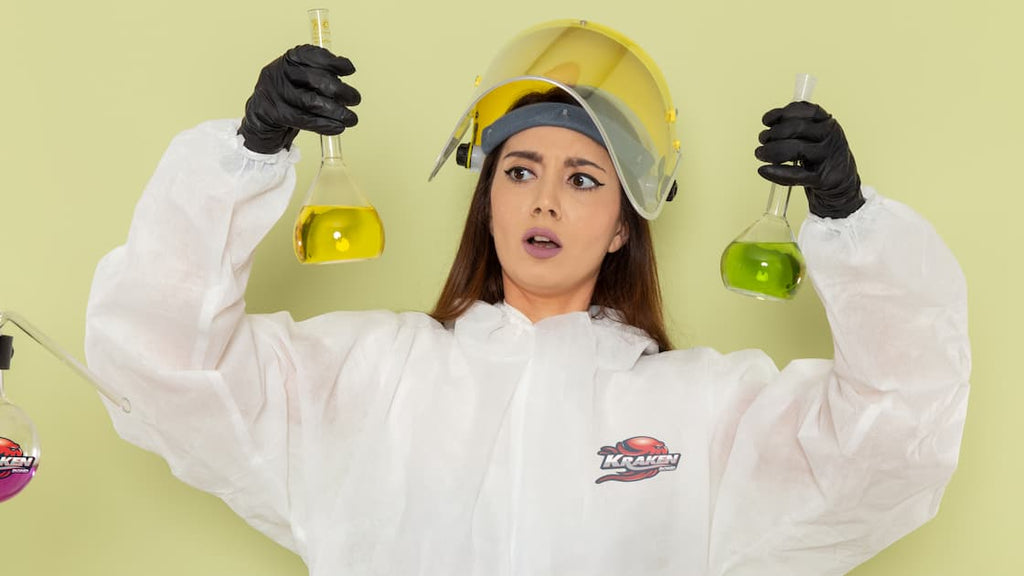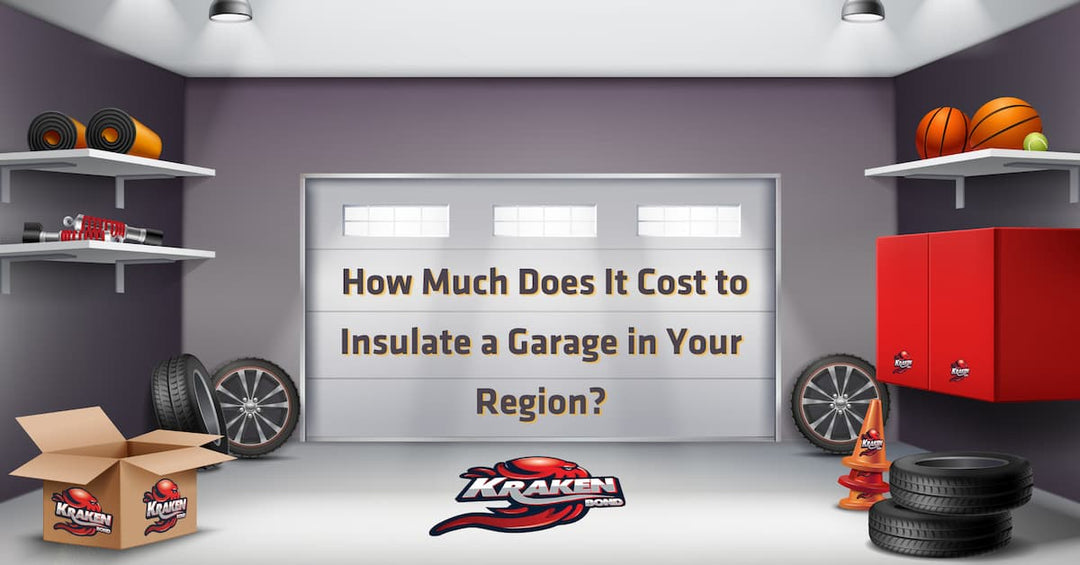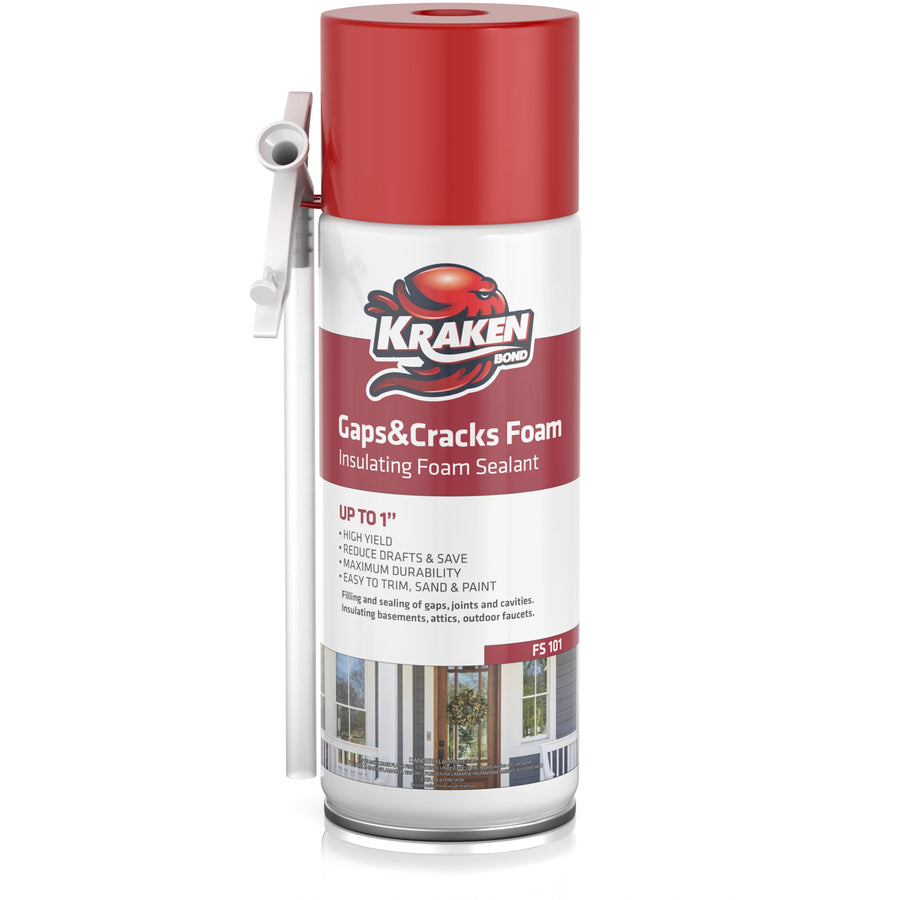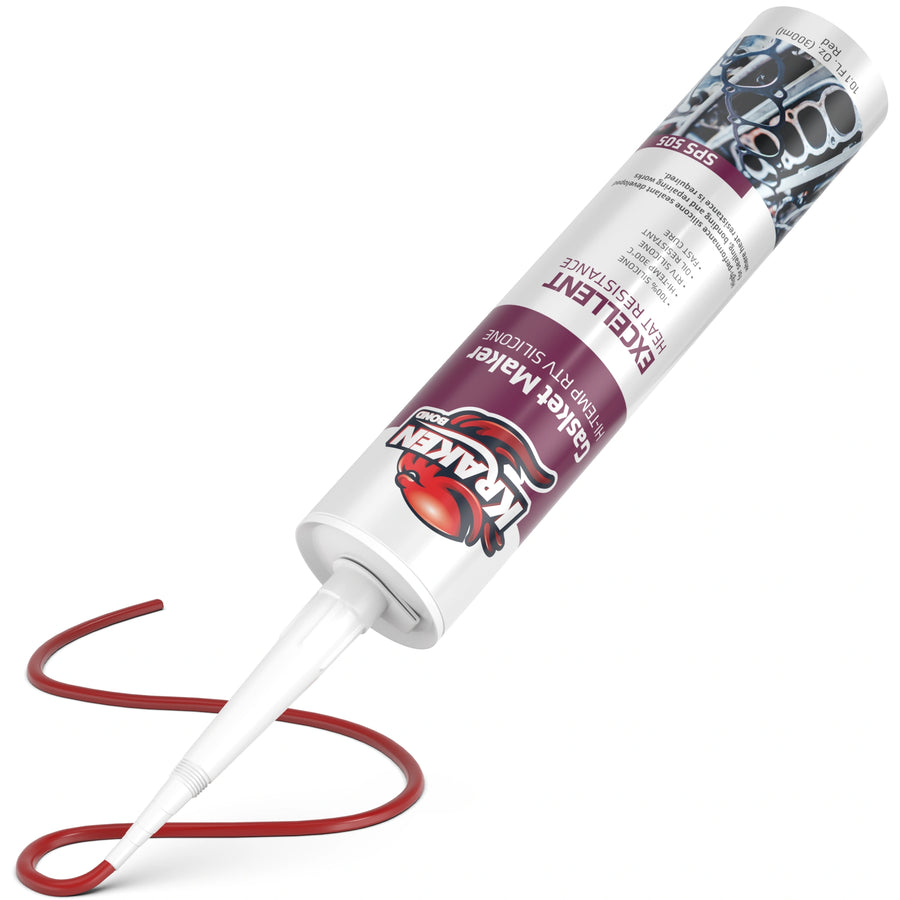Is Polyurethane Foam Toxic? 9 FAQs About PU Toxicity
Polyurethane foam is one of the most widely used insulation materials due to its durability, strength, and adhesion. Polyurethane is the common polymer used in the production of polyurethane foam, caulks, adhesives, and sealants. A recent study from the Occupational Safety and Health Administration reveals that people exposed to polyurethane products risk developing respiratory problems like asthma.
Despite the skepticism surrounding the toxicity of polyurethane products, they are present all around us. They are commonly used in couches, mattresses, insulation, etc. That said, Is Polyurethane foam toxic?
In this post, we will explain polyurethane foam in detail and answer 9 FAQs about its toxicity.
What is Polyurethane Foam?
Polyurethane foam is a versatile material made from the chemical reaction between polyol resins and isocyanate. Polyurethane foam is popular for its superior thermal insulation properties, durability, and flexibility. The foam is a spray-applied material that expands on contact to create an air seal.
Polyurethane foam is used extensively in construction to create thermal barriers and sound insulation. The foam is applied on walls, floors, attics, roofs, etc. Polyurethane foam enhances the energy efficiency and structural integrity of buildings. There are two main types of polyurethane foam: closed-cell polyurethane and open-cell polyurethane foam.
As mentioned earlier, polyol resins and isocyanate are the two main constituents of PU foam. Polyol contributes to polyurethane foam's flexibility, rigidity, and foamy nature. Isocyanate is the other major constituent that makes up polyurethane foam. Inherently, isocyanates are poisonous and cause different types of irritation.
Is Polyurethane Foam Toxic?
Polyurethane foam is not a toxic material. However, some environmentalists consider it a toxic material because of the addition of blowing agents and fire retardants. These additives release volatile organic compounds (VOCs) with high GWP and are harmful under certain conditions.
In a nutshell, the toxicity of polyurethane foam depends on the materials used in its production. Therefore, low-VOC chemicals are used when manufacturing polyurethane foam. This helps to reduce allergic reactions, off-gassing exposure, and other potential health risks.
How Does Polyurethane Foam Affect Human Health?
Polyurethane foam has no adverse effect on human health when installed properly and manufactured according to EPA regulations. We use polyurethane foam in our daily lives. Besides installing polyurethane foam in homes as insulation or sealants, it is also used in seats, bags, and fabrics. Nevertheless, prolonged exposure to certain PU foam ingredients and improper installation negatively affect our health. There are short-term and long-term exposure effects of polyurethane foam.

Short-Term Exposure Effects
During polyurethane foam installation, it is essential to wear Personal Protective Equipment. Protective equipment is essential for preventing the following short-term exposure effects:
- Irritation: Polyurethane foam gives off volatile organic compounds that cause different types of exposure. For instance, isocyanates cause eye and respiratory irritation. In addition, direct contact with polyurethane foam causes skin irritation.
- Headaches: The absence of ventilation during polyurethane foam installation causes discomfort. Inhalation of volatile organic compounds (VOCs) causes headaches, nausea, and dizziness.
- Dust: Trimming of polyurethane foam after it hardens generates dust. The dust generated releases isocyanates and other toxic chemicals that cause different irritations.
Long-Term Exposure Effects
Polyurethane foam is allowed to cure for at least 24 hours. After proper curing, polyurethane is considered chemically inert and free from any potential off-gassing. However, there are situations where improper installation can make cured foam a potential health threat in the long run. These long-term exposure effects include;
- Respiratory Problems: Improper installation of spray polyurethane foam causes potential off-gassing of chemical compounds in buildings. Consequently, prolonged exposure to these harmful gases leads to respiratory problems such as asthma, bronchitis, etc.
- Environmental Impact: The release of volatile compounds makes using polyurethane foam a danger to the environment. These toxic compounds gradually negatively impact our environment.
Can Polyurethane Foam Off-Gas Toxic Chemicals?
Off-gassing is the release of volatile gases from a material into the atmosphere. Off-gassing becomes a serious problem when toxic gas is released into the atmosphere. Therefore, prolonged exposure to these toxic gases causes serious health problems.

The Process of Off-Gassing
The process of Off-gassing occurs as a result of the presence of volatile organic compounds (VOCs) in a material. Off-gassing occurs when chemicals used in manufacturing a material gradually evaporate into the atmosphere. It is a common occurrence in new products.
Temperature and ventilation affect the rate of off-gassing. Temperature accelerates chemical processes. Therefore, a high temperature allows faster dissipation of volatile compounds. The initial off-gassing of a material is very noticeable but decreases over time. For instance, any smell that goes off after your spray foam job is a good example of off-gassing.
Identifying Common Off-Gassed Chemicals
Many household materials emit off-gassed chemicals. Glue, paints, couches, or electrical devices contain significant concentrations of chemicals that are off-gassed after or during application. Some of the common off-gassed chemicals include;
- Volatile Organic compounds (VOCs)
- Isocyanate compounds
- Flame retardants
Is There a Safe Way to Use Polyurethane Foam?
We have established the fact that Polyurethane foam is not hazardous if you take necessary precautions. Nevertheless, polyurethane foam insulation is a delicate job meant for experienced DIYers or personnel. Safely using polyurethane foam is essential to avoid accidents and other potential hazards. 5 safe ways to ensure smooth use of polyurethane foam include the following;
- Always wear protective equipment when handling polyurethane foam.
- Install polyurethane foam in a well-ventilated area.
- Store polyurethane foam away from direct sunlight.
- Follow the manufacturer’s manual when using foam products.
- Hire a professional contractor when using polyurethane foam insulation.
Tips for Reducing Exposure
Prolonged exposure to polyurethane foam is harmful. Some essential safety measures include the following:
- Wear Personal Protective Gear: To minimize exposure to toxic materials, wear protective equipment such as gloves, respiratory masks, etc.
- Adequate Ventilation: Ensure the area of application is well-ventilated to allow off-gassing. Adequate ventilation also reduces the risk of inhaling toxic gases.
- Use low-VOC polyurethane foam products.
- Avoid heating aerosol cans.
- Dispose of polyurethane products properly to minimize environmental contamination.
Are There Eco-Friendly Alternatives to Polyurethane Foam?
Cellulose insulation is an eco-friendly alternative to polyurethane foam. It is made from recycled paper and then treated with borate to enhance its fire resistance properties. Natural fibers such as wool, cotton, and straw are also used as cellulose insulation materials. Latex foam is a popular eco-friendly alternative to polyurethane foam. It is a biodegradable, renewable, and toxins-free material that provides cushioning comfort.
What Regulations Govern the Use of Polyurethane Foam?
In the United States, The Environmental Protection Agency (EPA) regulates the use of polyurethane foam, production of polyurethane products, and its environmental impact. The organization is concerned about volatile organic compounds (VOCs) emissions and other air pollutants.
Can Polyurethane Foam Be Recycled or Disposed of Safely?
The chemical composition of polyurethane foam makes it difficult to recycle. Nevertheless, it is recycled as a second raw material. Recycled polyurethane foam waste is used in manufacturing insulating materials, mattresses, and insulation foam boards.
What Are the Signs of Toxic Exposure to Polyurethane Foam?
Sneezing, coughing, and difficulty breathing are signs of toxic exposure to polyurethane foam. Furthermore, prolonged isocyanate exposure causes skin, eye, and respiratory irritation. Inflammation is caused by direct skin contact with toxic material.
Author : Krakenbond Team




















Leave a comment